| plant associates |
Collected from woody plants, including Quercus laevis, Galactia elliottii, Psidium quajava, and Pinus sp. (Mead & Kramer, 1982)
"Nymphs of cixiids are subterranean, feeding on roots and possibly fungi. The significance of adult host records is unclear. Many cixiids are presumed to be polyphagous (as adults), most often on woody plants." (UDEL) |
Species Photo Gallery for Cilidius vicarius No Common Name |
 | Photo by: Rob Van Epps
Mecklenburg Co.
Comment: photos by K. Kittelberger |  | Photo by: Rob Van Epps
Mecklenburg Co.
Comment: photos by K. Kittelberger |
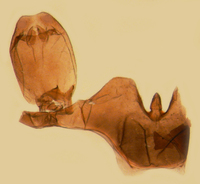 | Photo by: Bo Sullivan
Carteret Co.
Comment: male; 8.1 mm |  | Photo by: Bo Sullivan
Carteret Co.
Comment: male; 8.1 mm |
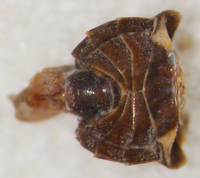 | Photo by: Bo Sullivan
Carteret Co.
Comment: male; 8.1 mm | 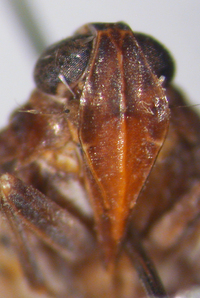 | Photo by: Bo Sullivan
Carteret Co.
Comment: male; 8.1 mm |
 | Photo by: Bo Sullivan
Carteret Co.
Comment: male; 8.1 mm | 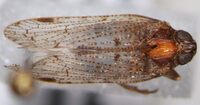 | Photo by: Bo Sullivan
Carteret Co.
Comment: male; 8.1 mm |
 | Photo by: unknown
Out Of State Co.
Comment: PSUC_FEM 000066890rndate unknown; collected some time in 1968rndet. C.R. Bartlettrnmale | 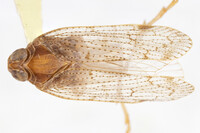 | Photo by: unknown
Out Of State Co.
Comment: PSUC_FEM 000066890rndate unknown; collected some time in 1968rndet. C.R. Bartlettrnmale |
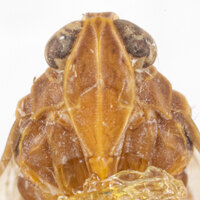 | Photo by: unknown
Out Of State Co.
Comment: PSUC_FEM 000066890rndate unknown; collected some time in 1968rndet. C.R. Bartlettrnmale | 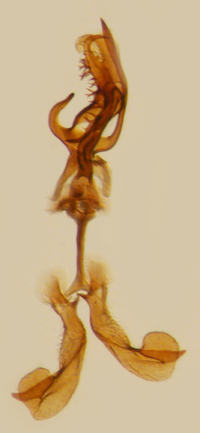 | Photo by: Bo Sullivan
Carteret Co.
Comment: male; 7.1 mm |
 | Photo by: Bo Sullivan
Carteret Co.
Comment: male; 7.1 mm |  | Photo by: Bo Sullivan
Carteret Co.
Comment: male; 7.1 mm |
 | Photo by: Bo Sullivan
Carteret Co.
Comment: male; 7.1 mm | 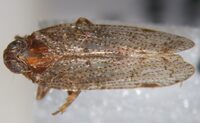 | Photo by: Bo Sullivan
Carteret Co.
Comment: male; 7.1 mm |
 | Photo by: Bo Sullivan
Jones Co.
Comment: female, 9.0 mm |  | Photo by: Bo Sullivan
Jones Co.
Comment: female, 9.0 mm |
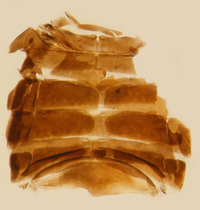 | Photo by: Bo Sullivan
Jones Co.
Comment: female, 9.0 mm | 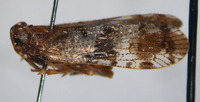 | Photo by: Bo Sullivan
Jones Co.
Comment: female, 9.0 mm |
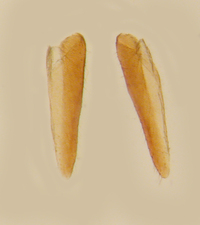 | Photo by: Bo Sullivan
Jones Co.
Comment: female, 9.0 mm | 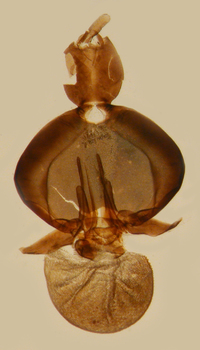 | Photo by: Bo Sullivan
Jones Co.
Comment: female, 9.0 mm |
 | Photo by: Bo Sullivan
Jones Co.
Comment: female, 9.0 mm | 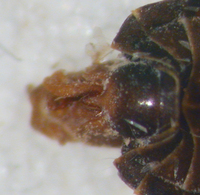 | Photo by: Bo Sullivan
Jones Co.
Comment: male, 7.2 mm |
 | Photo by: Bo Sullivan
Jones Co.
Comment: male, 7.2 mm | 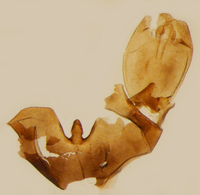 | Photo by: Bo Sullivan
Jones Co.
Comment: male, 7.2 mm |
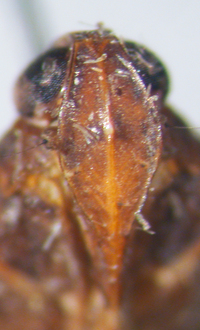 | Photo by: Bo Sullivan
Jones Co.
Comment: male, 7.2 mm | 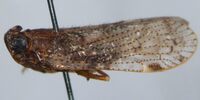 | Photo by: Bo Sullivan
Jones Co.
Comment: male, 7.2 mm |
 | Photo by: Bo Sullivan
Jones Co.
Comment: male, 7.2 mm |  | Photo by: Bo Sullivan
Craven Co.
Comment: female, 7.3 mm |
 | Photo by: Bo Sullivan
Craven Co.
Comment: female, 7.3 mm |  | Photo by: Bo Sullivan
Craven Co.
Comment: female, 7.3 mm |
 | Photo by: Bo Sullivan
Craven Co.
Comment: female, 7.3 mm |  | Photo by: Bo Sullivan
Craven Co.
Comment: female, 7.3 mm |
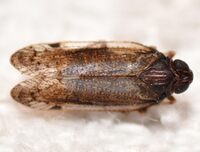 | Photo by: Erich Hofmann
Craven Co.
Comment: | 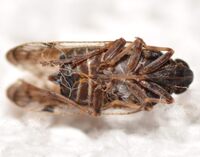 | Photo by: Erich Hofmann
Craven Co.
Comment: |
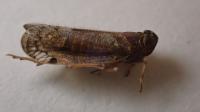 | Photo by: Erich Hofmann
Craven Co.
Comment: | 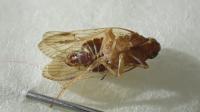 | Photo by: Erich Hofmann
Craven Co.
Comment: |
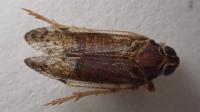 | Photo by: Erich Hofmann
Craven Co.
Comment: | 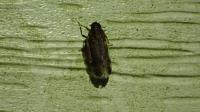 | Photo by: Erich Hofmann
Craven Co.
Comment: |
 | Photo by: Erich Hofmann
Craven Co.
Comment: |  | Photo by: Erich Hofmann
Craven Co.
Comment: additional photos by K. Kittelberger; ID confirmed by C. Bartlett via specimen |
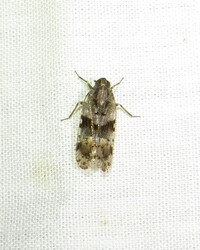 | Photo by: B. Bockhahn
Cumberland Co.
Comment: |

 »
»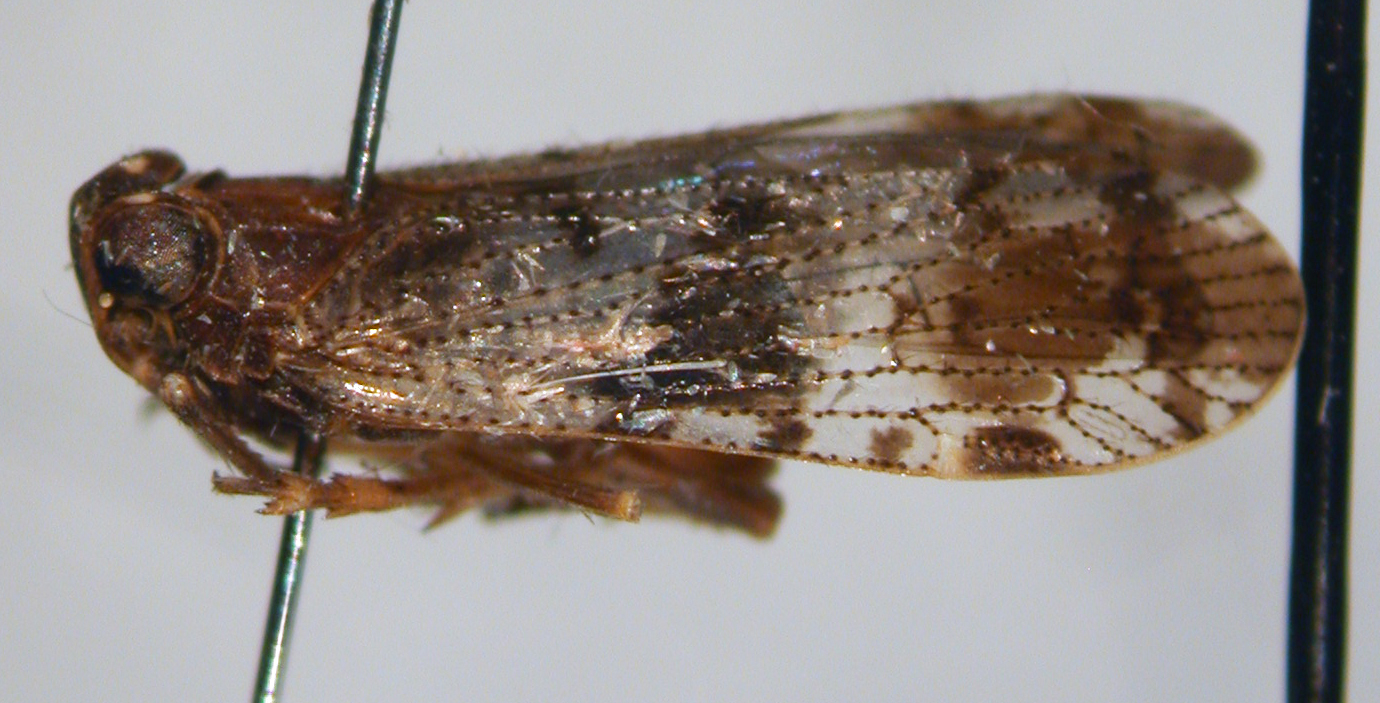
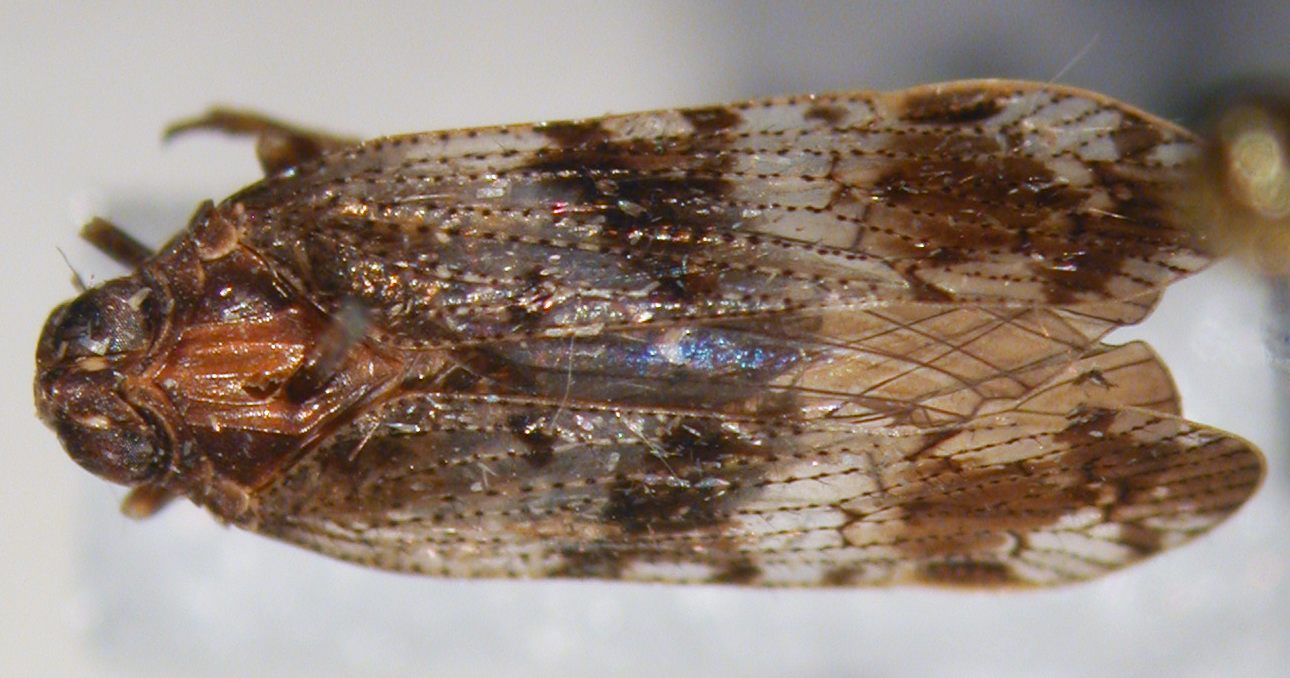
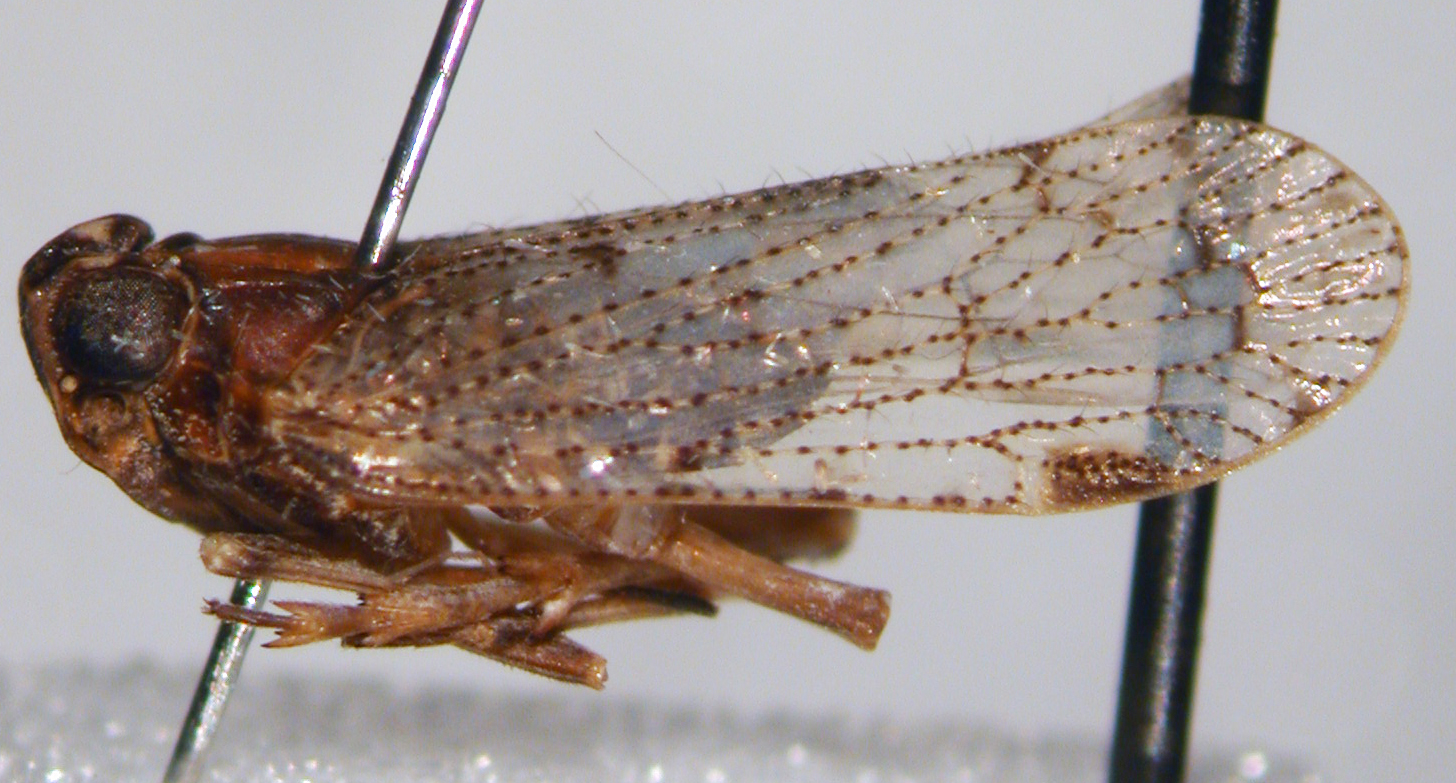
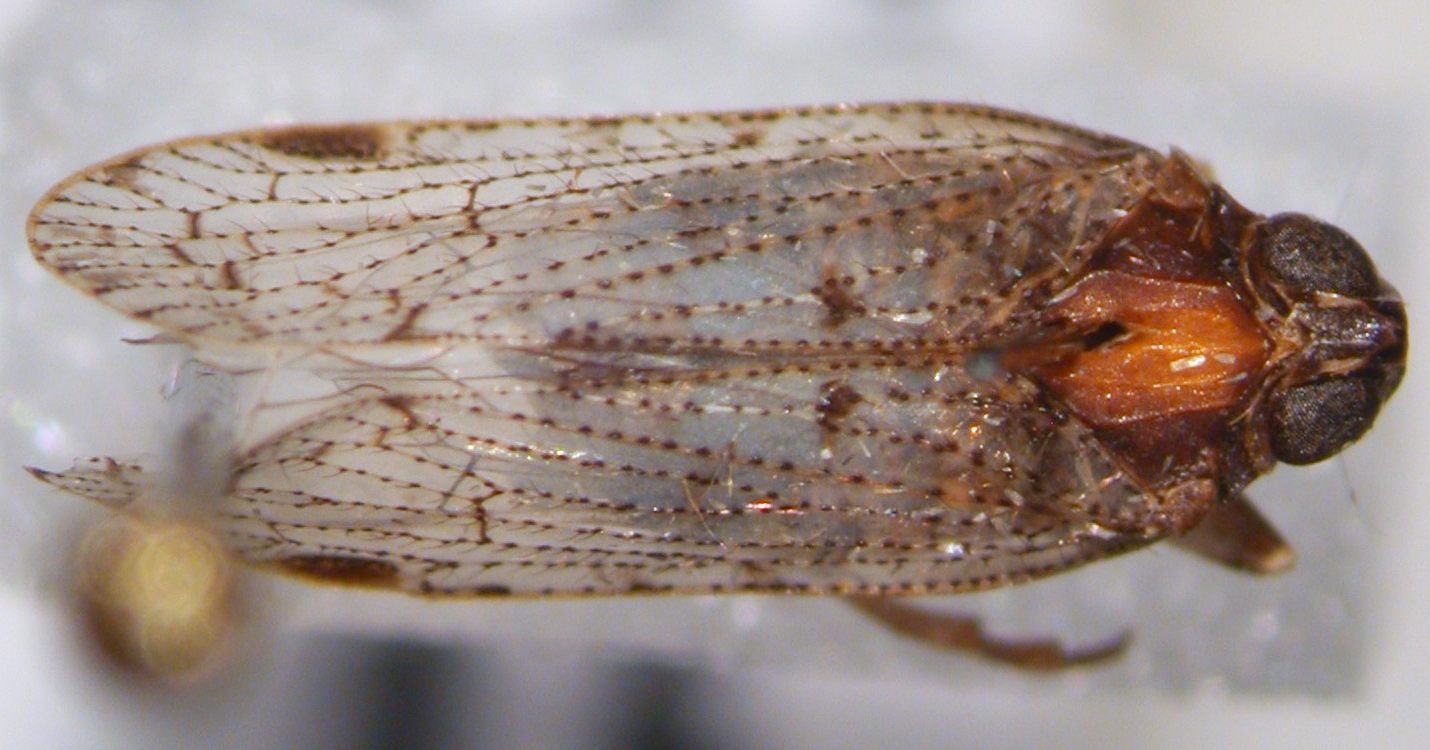

 »
»


